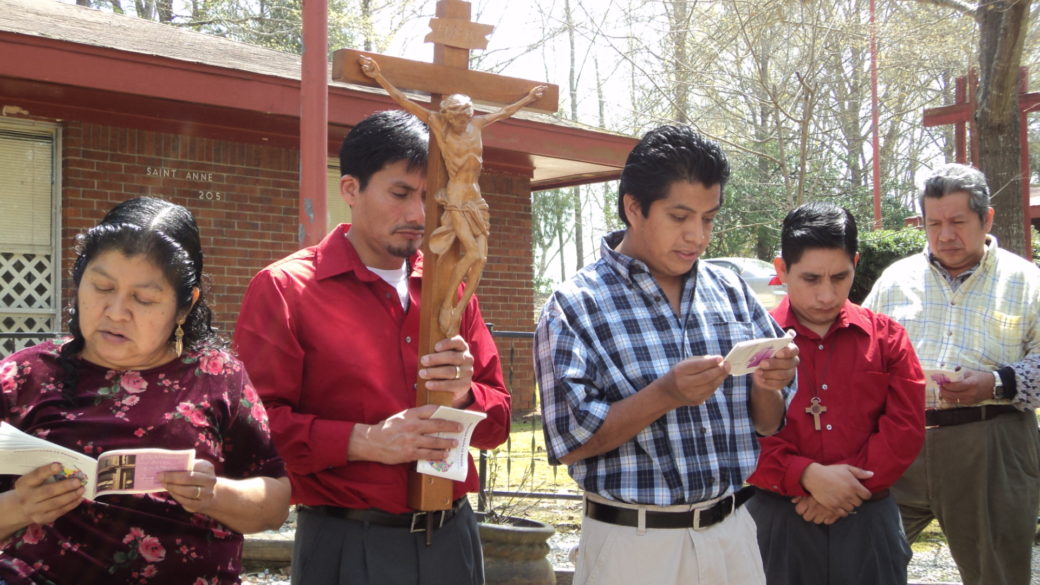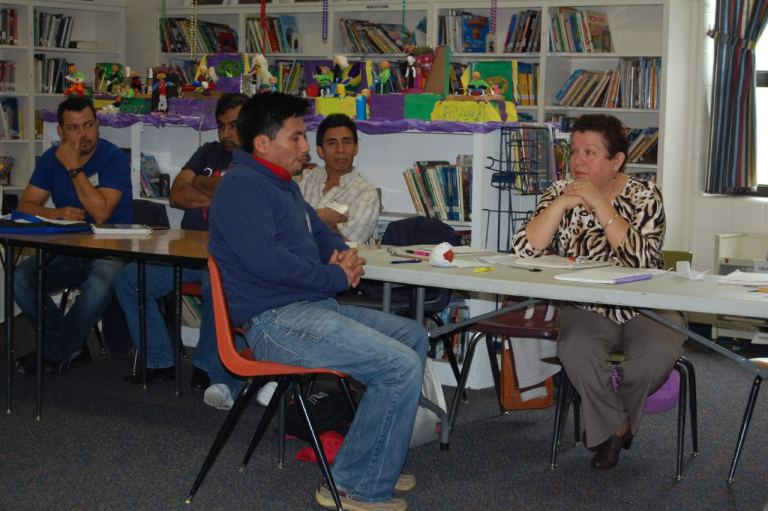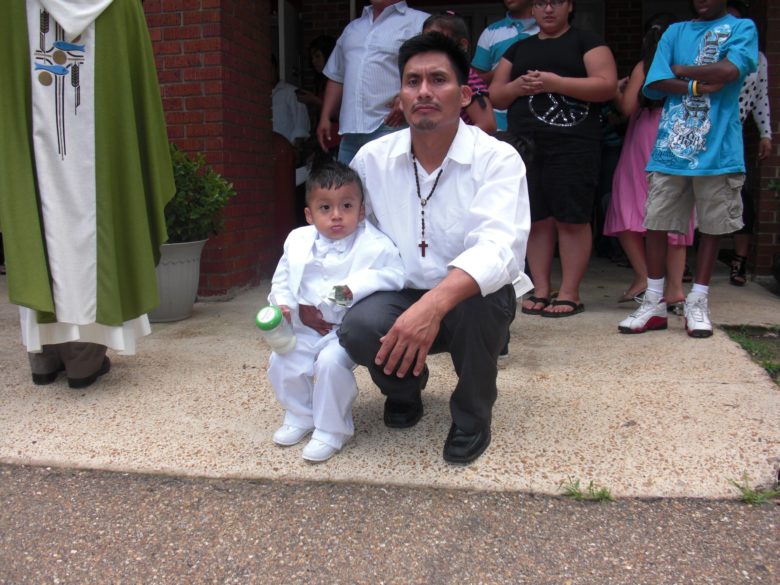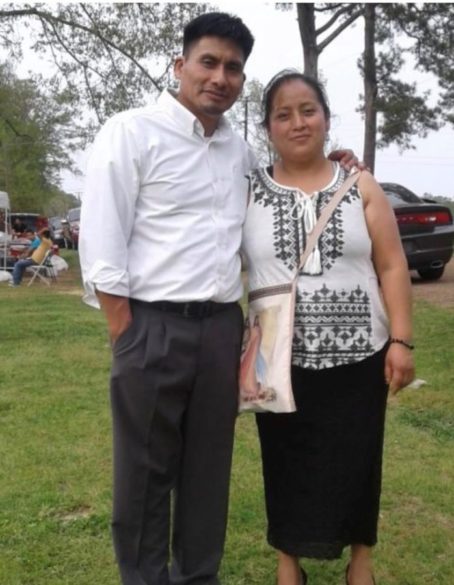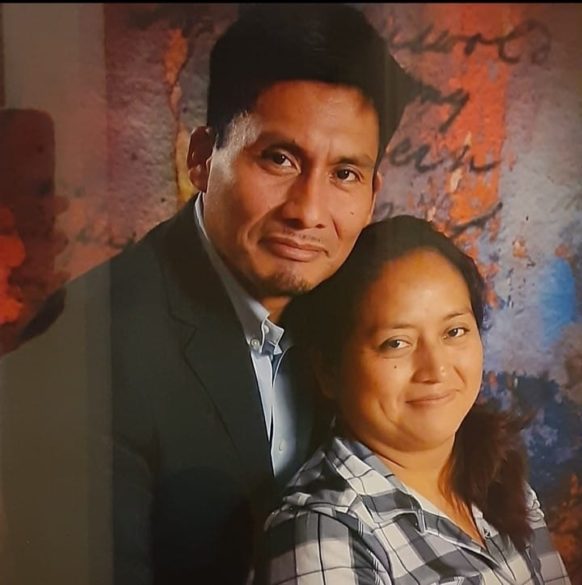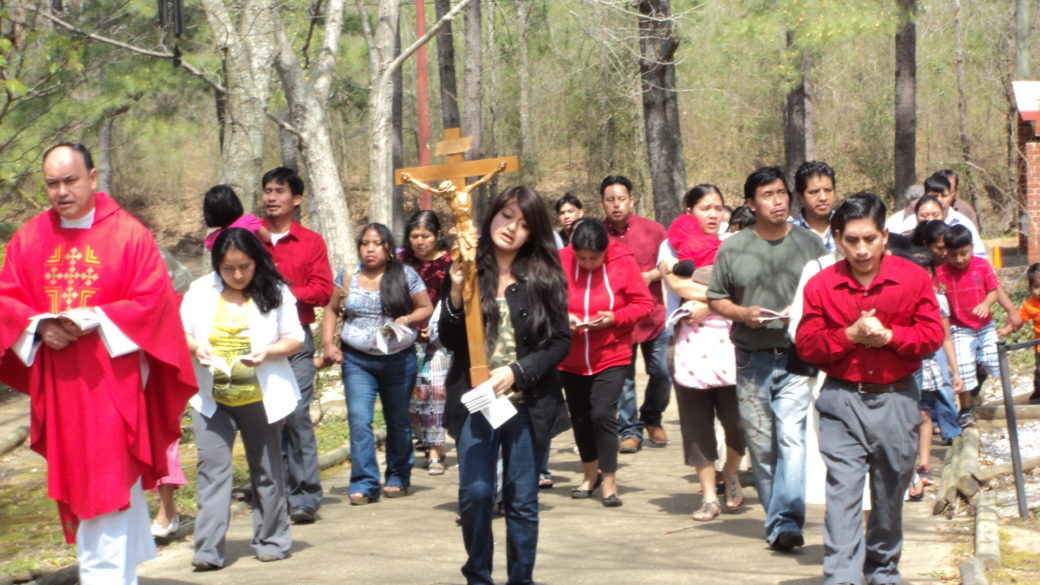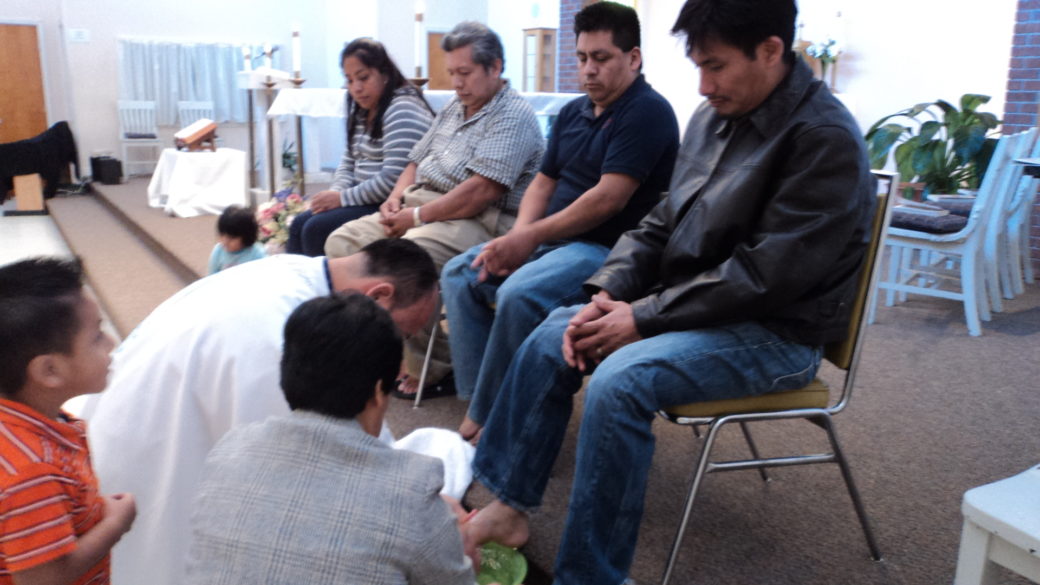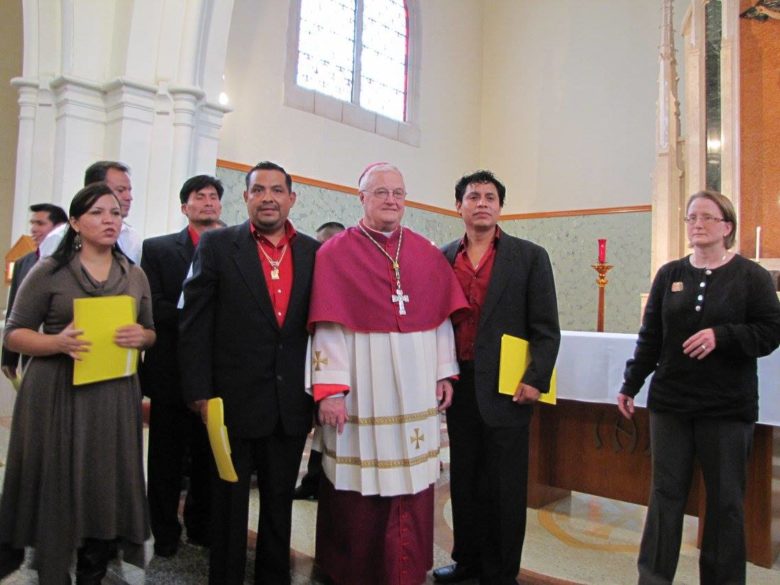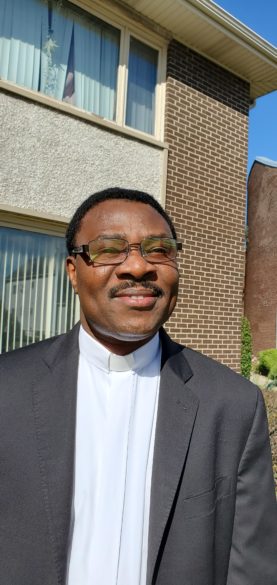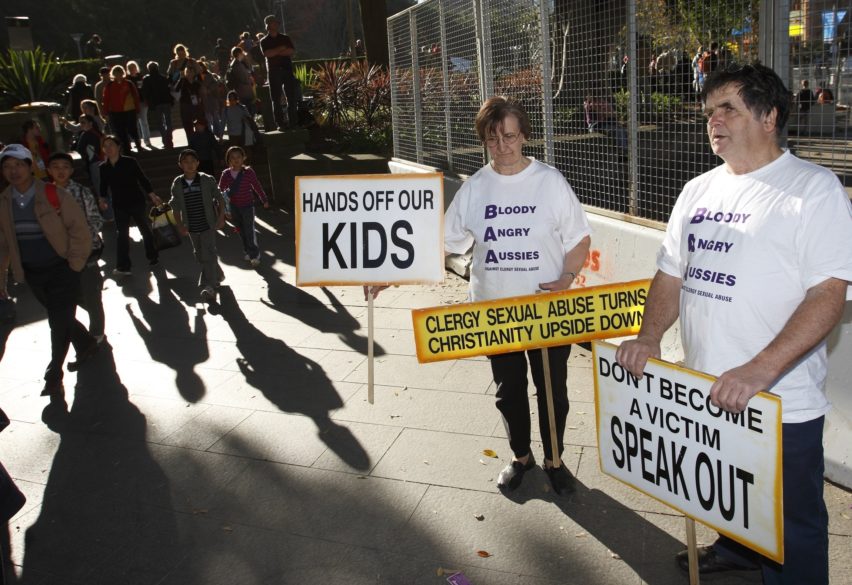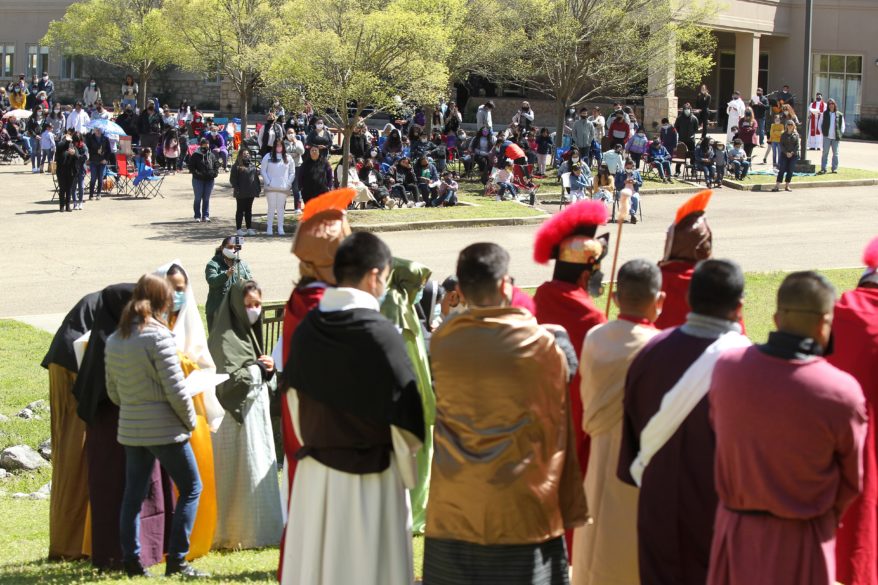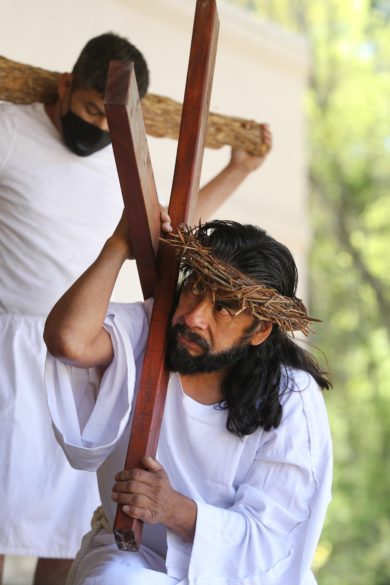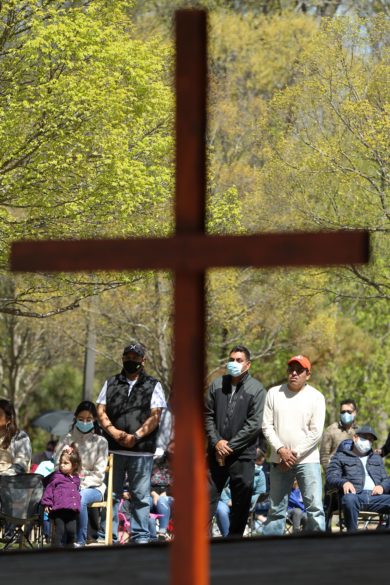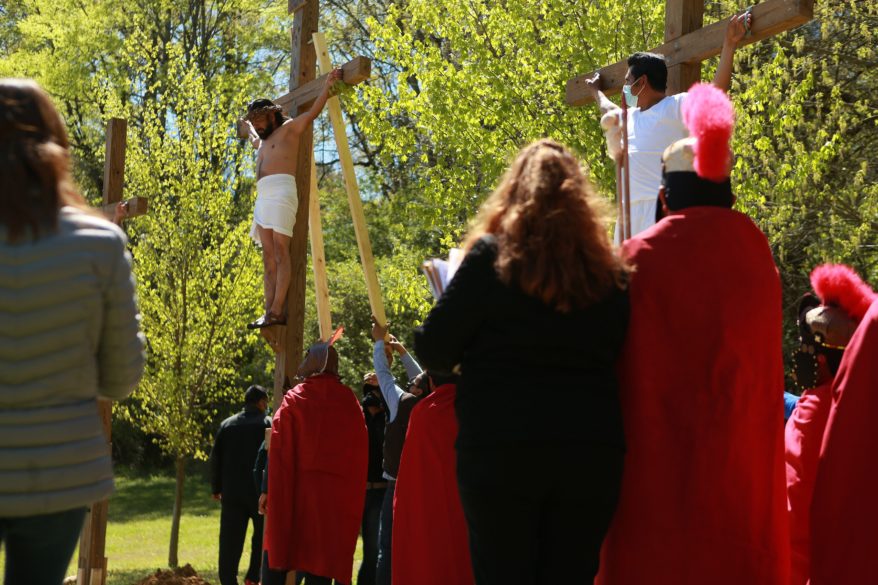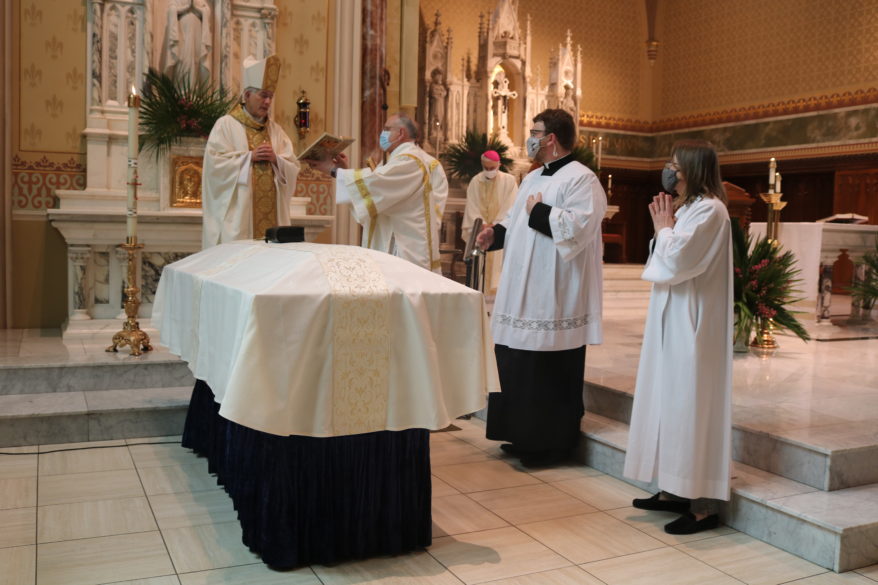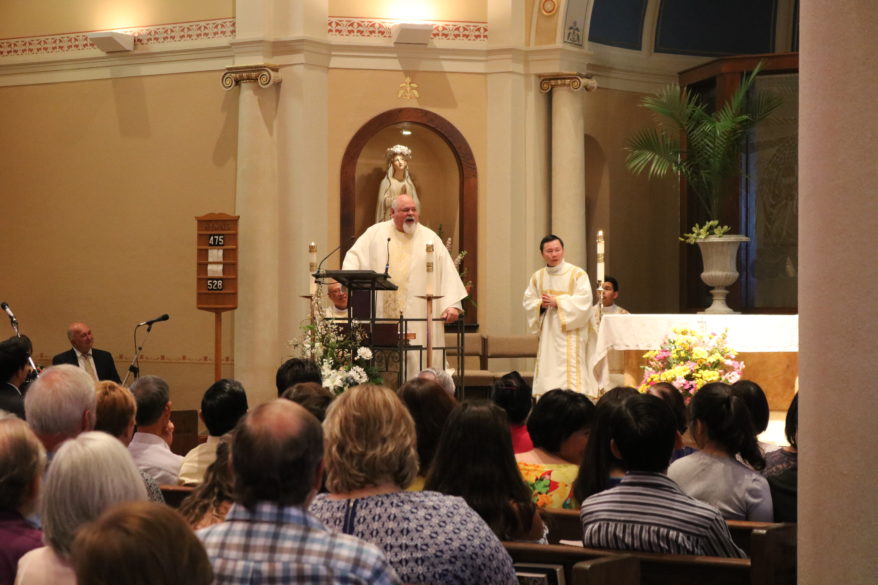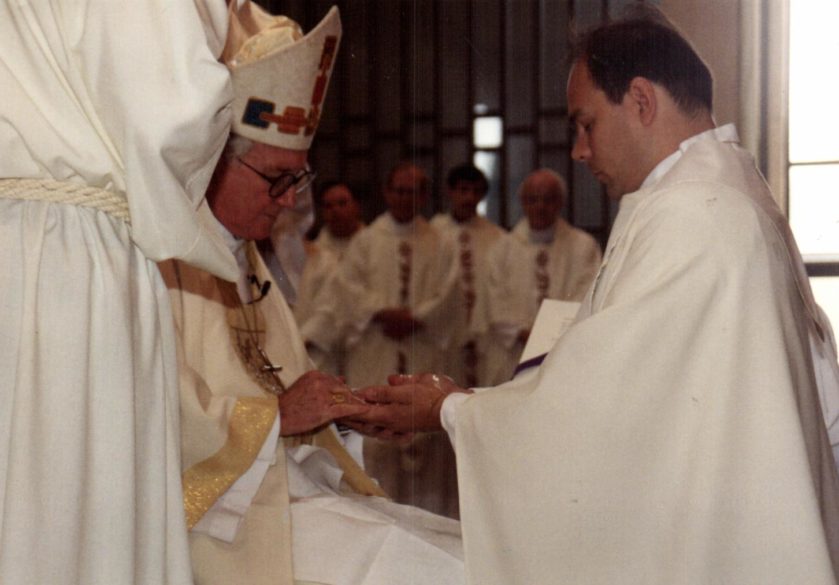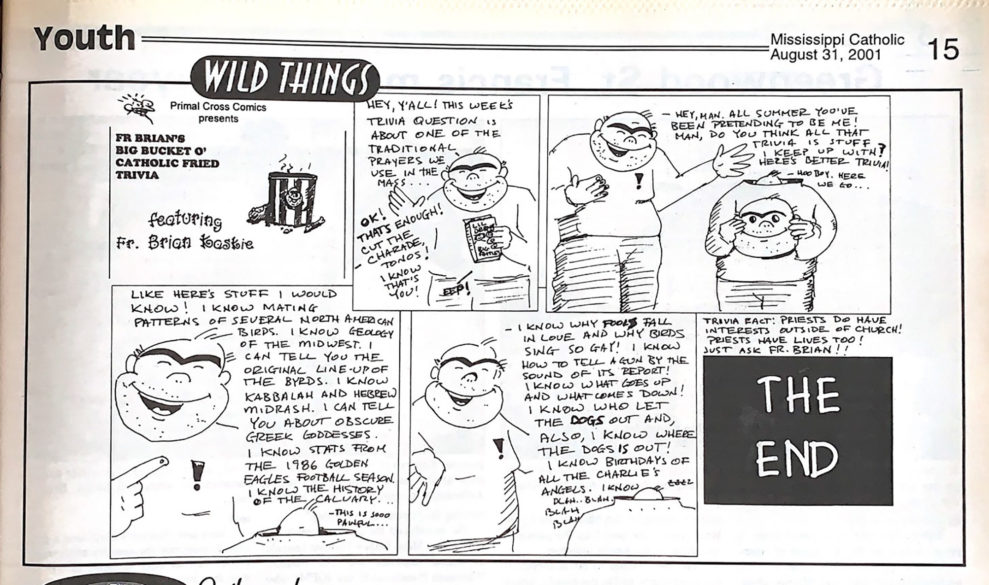SPIRITUAL ENRICHMENT
GRAND COTEAU, La. Our Lady of the Oaks, Ladies Annual Retreat, Dec. 2-5 for ladies of the Natchez area. Would you like to grow closer to God? Do you need some time away to listen to Him, to grow, to rest? Experience the natural beauty of oak trees and the beautiful setting of nature. You are invited to join us to rest in the care of the Lord in silence, solitude, deep prayer and reflection. $50 deposit due as soon as possible to hold room as they fill up quickly. Details: Please contact Kot Morris at (601) 334-8339.
NEW ORLEANS Our Lady of the Cenacle Retreat Center, Women’s Retreat, “Blessed are the Peacemakers,” April 30 – May 2. Preventing and Resolving Conflicts from our Christian Faith Perspective Jesus preached and lived love, forgiveness, peace and unity. In this retreat we will be offered a deeper understanding of and commitment to Christian peacemaking as well as practical and effective human relationship skills to prevent and resolve conflicts. Presenter: Father Doug Doussan, who is a retired priest of the Archdiocese of New Orleans and is serving as Chaplain of the Archdiocesan Retreat Center. He has given countless training workshops locally and nationally in inclusive parish organization, lay leadership formation, and consensus decision making. The retreat center’s capacity is limited due to COVID-19 and they are currently accepting registration on a first come first serve basis. A non-refundable deposit is required. Details: to register, contact the retreat office at (504) 267-9604 or www.neworleansretreats.org/retreats.
MOBILE, Ala. Spring Hill College, Summer Institute of Christian Spiritualty is offering courses that are appropriate with our current world situation. Those interested do not have to be enrolled in their Theology programs to take courses either for credit, audit, or easy listening. They offer both in person and virtual courses, as well as on-campus housing. One of the courses is “Black and Catholic, Faithful and Free” on Sister Thea Bowman and M. Shawn Copeland, on June 14-17, 6:30-9:30 p.m. (also available online). Emily Reimer-Barry, Ph.D. is the guest lecturer. It will explore the Black Catholic experience in America, with the goal of recognizing the impact of bias, and fostering genuine-if-imperfect-solidarity in the ongoing struggle for racial justice. Details: Visit the online catalogue at: https://springhill.catalog.instructure.com/browse/sics.
PARISH, FAMILY AND SCHOOL EVENTS
CLARKSDALE Catholic Community of St. Elizabeth, Intercessory Prayer Group meets in the meeting room on Tuesdays at 2 p.m. All are invited to come and pray and praise God. You can write prayer requests and place in the prayer boxes at church. Details: church office (662) 624-4301.
NATCHEZ Cathedral School, Save the Date, 27th Annual Crawfish Countdown, Friday, May 7 from 6-10 p.m. Join them for crawfish, jambalaya, cold beverages, and a chance to win $5,000! Live music from the band Parish County Line. Details: school office (602) 442-1988.
JACKSON Catholic Charities Run Foster Run, 5K Run, Walk. Event kicks off with a children’s 1 mile fun run at 5:30 pm, followed by a 5K sunset run/walk at 6 p.m. on Thursday, May 6. It will take place at the Township at Colony Park, Highland Colony Parkway, Ridgeland. All race participants receive a t-shirt, swag bag, and a free drink ticket (age 21 or over). There will be music, libations and fun. This is a dog-friendly race. All proceeds will benefit the foster care programs of Catholic Charities. Details: Michael Thomas at michael.thomas@ccjackson.org or (601) 331-1152.
St. Richard, Bereavement Support Group, Thursday, May 13 at 6:30 p.m. in Foley Hall. This group is for those who are hurting from the loss of a loved one or for those who are trying to comfort and understand the grief of a family member or friend, no matter how long ago the loss. All are invited. Details: Nancy McGhee at (601) 942-2078 or ncmcghee@bellsouth.net.
YOUTH BRIEFS
BROOKHAVEN St. Francis, Faith Formation meets Wednesday, May 5 from 6-7 p.m. with a meal beforehand at 5:30 p.m. We will continue to follow diocese guidelines. Face masks must be worn. Details: church office (601) 833-1799
MADISON St. Anthony School is currently enrolling new students for the 2021-22 school year. St. Anthony serves children in Pre-K3 to 6th grade. Several classes are nearing capacity, so please make plans to visit us today. Details: For more information or to schedule a tour, please call (601) 607-7054 or go to www.stanthonyeagles.org.
St. Francis of Assisi, Senior Recognition Mass for all high school seniors on Sunday, May 16 at 5 p.m. Be sure to complete the senior profile sent through Flocknote. Details: church office (601) 856-5556.
St. Joseph School, Now enrolling students for the 2021-22 school year, grades 7-12. Details: contact Tricia Harris, Advancement Director at (601) 898-4803, tharris@stjoebruins.com or www.stjoebruins.com.
SOUTHAVEN Sacred Heart School, recognized by Today’s Catholic Teacher as one of three most innovative Catholic Identity Schools in the U.S., provides a small, close knit family atmosphere with students representing 25 different countries. They are now accepting applications for the 2021-22 school year. Details: (662) 349-0900 or bmartin@shsm.org.

